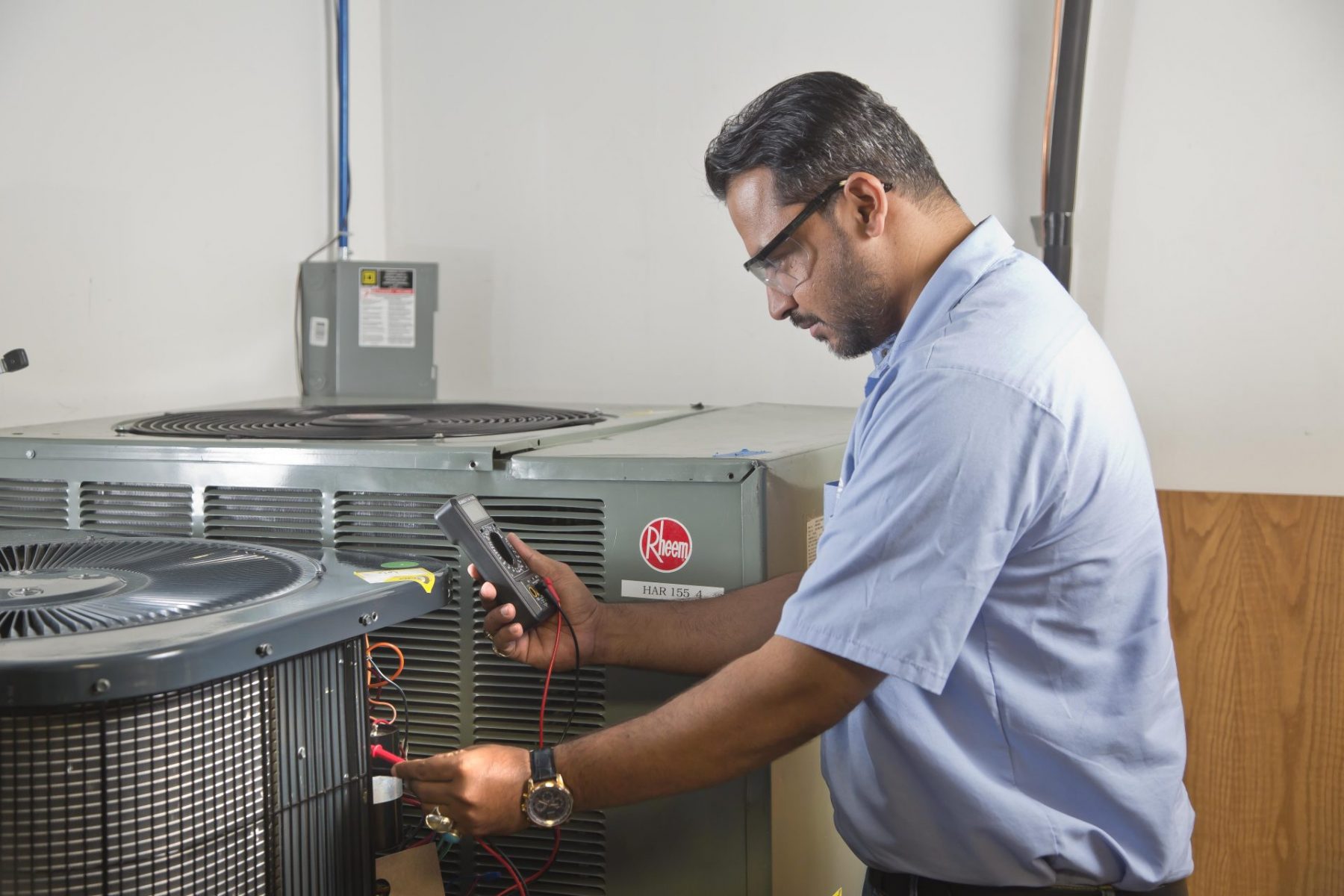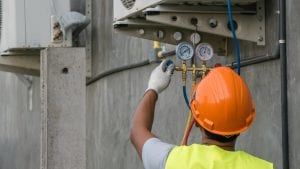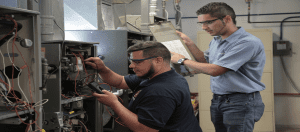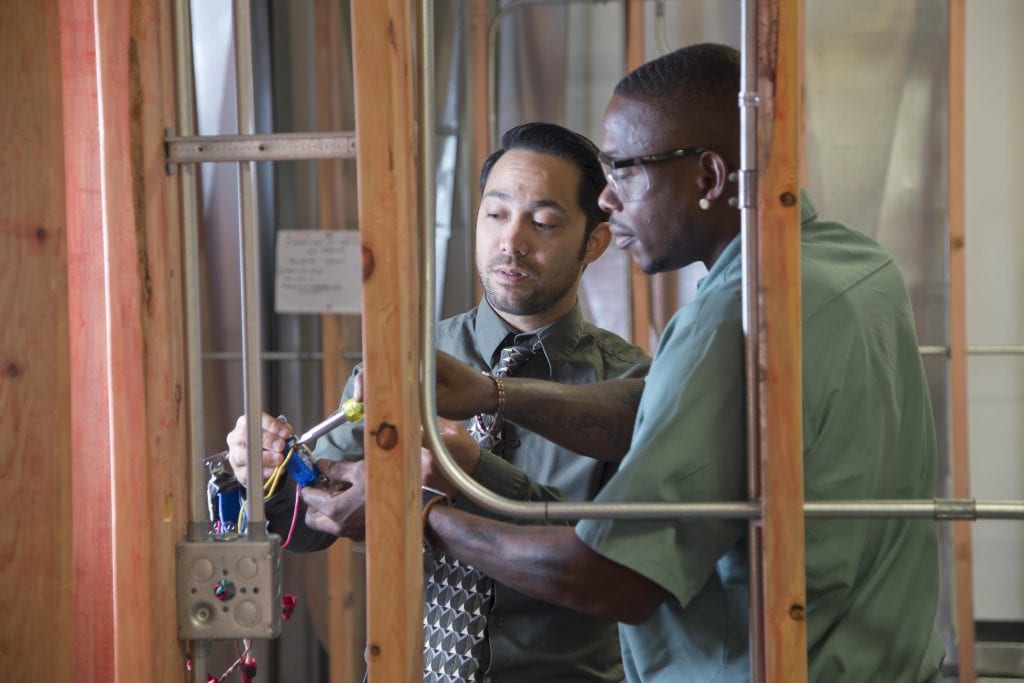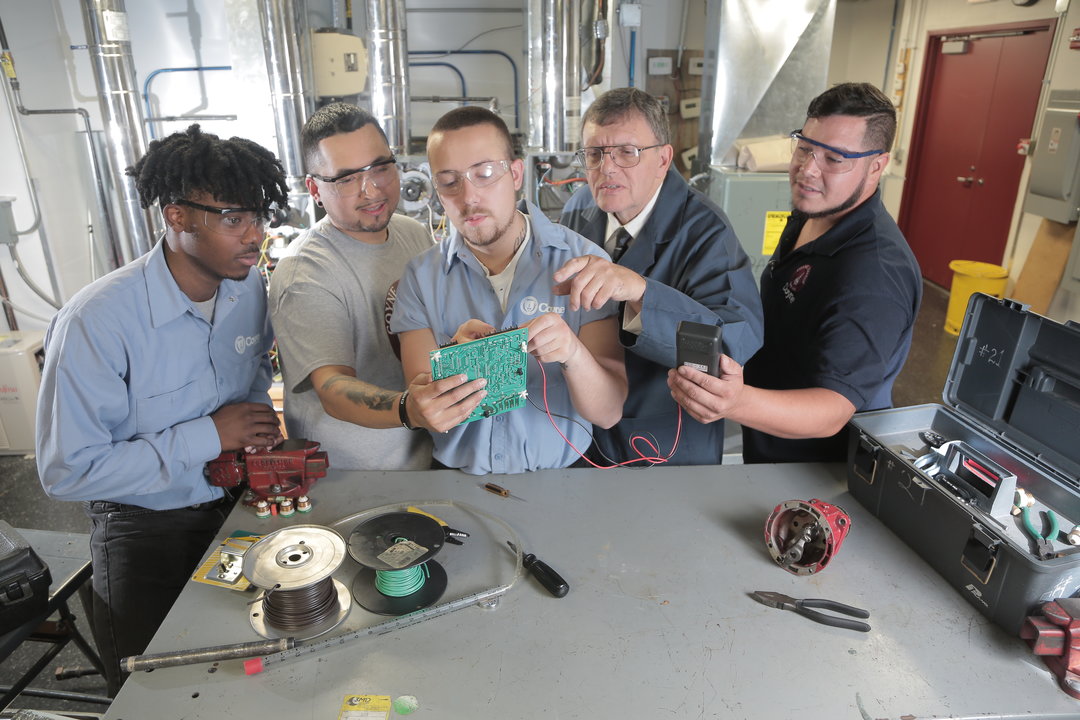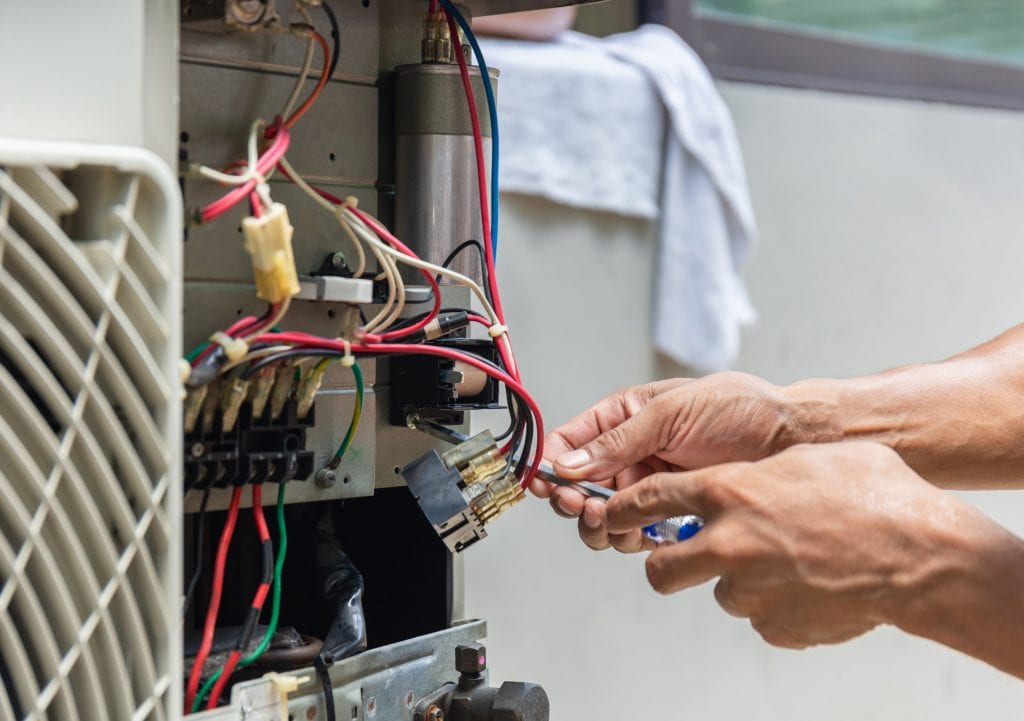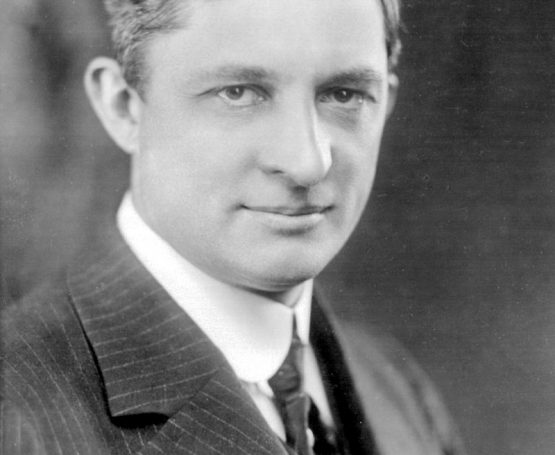Let’s face it — the four-year education system in the United States isn’t what it used to be. Despite the best intentions of our founding fathers in establishing a land in which quality education can be achieved for all, the four-year college degree route is increasingly ineffective in preparing graduates for navigating the complexities of the real world.
Thankfully there are many alternatives available to anyone who remains passionate about investing in their education, but who also may prefer a different approach than the standard cookie-cutter model.
Among these, trade school—sometimes known as vocational training—is a mode of higher education that allows an individual to focus on developing the hands-on technical skills that are needed for a wide variety of high dignified and respectable jobs working in a more active setting (rather than a passive setting, behind a computer screen.)
There are numerous benefits to trade school, but what’s most important to note is that if your heart’s not in it, you will likely not be successful. In other words, you need to be able to be completely zoned into the trade that you will be pursuing. In other words, it’s important to focus on the Why behind your choice to enter trade school. If your only goal is to get a job, then that’s not the end of the world — but if your goal is to find a rewarding career that’s rooted in a foundation of vocational training, then you will be setting yourself up for success.
Benefits of Trade School
Get Your Degree in Less Time
One of the major benefits of trade school is that you are able to bypass the traditional schooling system, which can often end up doing a better job of indebting graduates rather than finding them rewarding jobs. By obtaining your degree in a shorter amount of time, your time is freed up to think more about the actual basis behind the work that you seek to perform throughout your career.
Improved Classroom Environments
When you attend a trade school, you won’t find yourself inside large lecture halls with hundreds of other students. In most cases, you will more commonly find yourself inside of a location that allows for more one-to-one interactions with both your instructors and the students. If you are the kind of person that learns better in that kind of an environment, then you will more likely thrive inside of a trade school setting rather than a four-year college.
Receive Hands-on Training
By earning a degree from a trade school or vocational school (rather than a four-year college), you set yourself up for success in the real world by actively exposing yourself to hands-on learning. In addition, it’s possible that you may learn some skills that apply to future jobs as well. If you are seeking to work in a job that involves working with your hands—in a way other than simply tapping a keyboard—the skills you learn in a trade school simply allow you to compound this education and experience over time.
Earn More Job Placement Opportunities
It’s a well-known fact that many graduates of four-year colleges find themselves drowning in debt and unable to find a viable job after graduation. But what’s less well known is that trade schools offer job placement opportunities that can help assuage these dynamics in a meaningful way. These opportunities are those that can be found in externships and other valuable modes of employment while still in college. Paired with the hands-on education that you receive during vocational school, the real-world benefits of attending trade schools simply cannot be beat.
Closing
If you are interested in investing in your education while still considering what the future holds for you and your career, then consider the benefits that trade school could offer. Many trade training programs exist across the country, but Coyne College in Chicago’s Loop is a particularly notable location. Coyne College’s comprehensive course offerings and commitment to learning—as well as the character of the people that end the campus—make it a highly desirable location for many aspiring trade workers to earn a high-value and inexpensive education.


